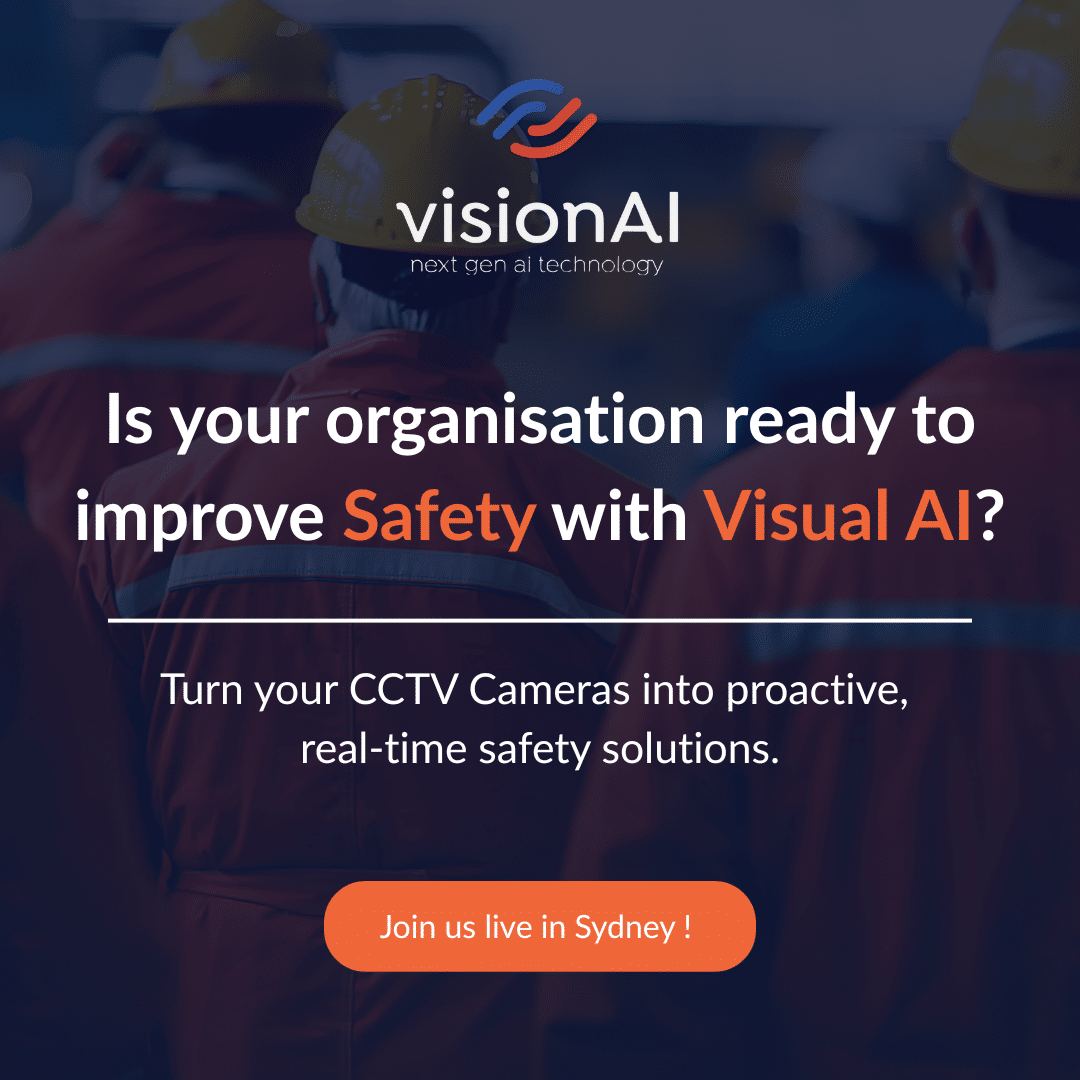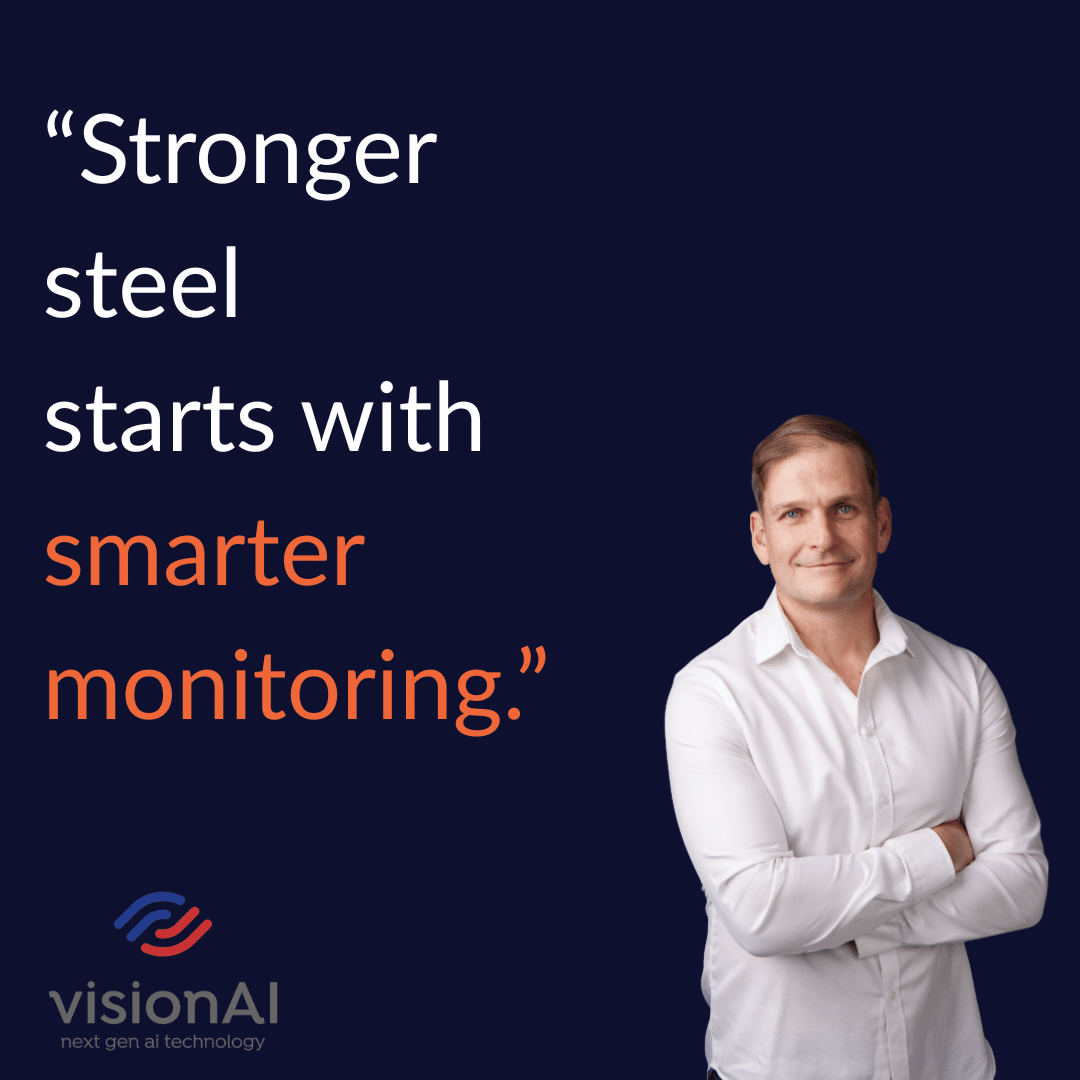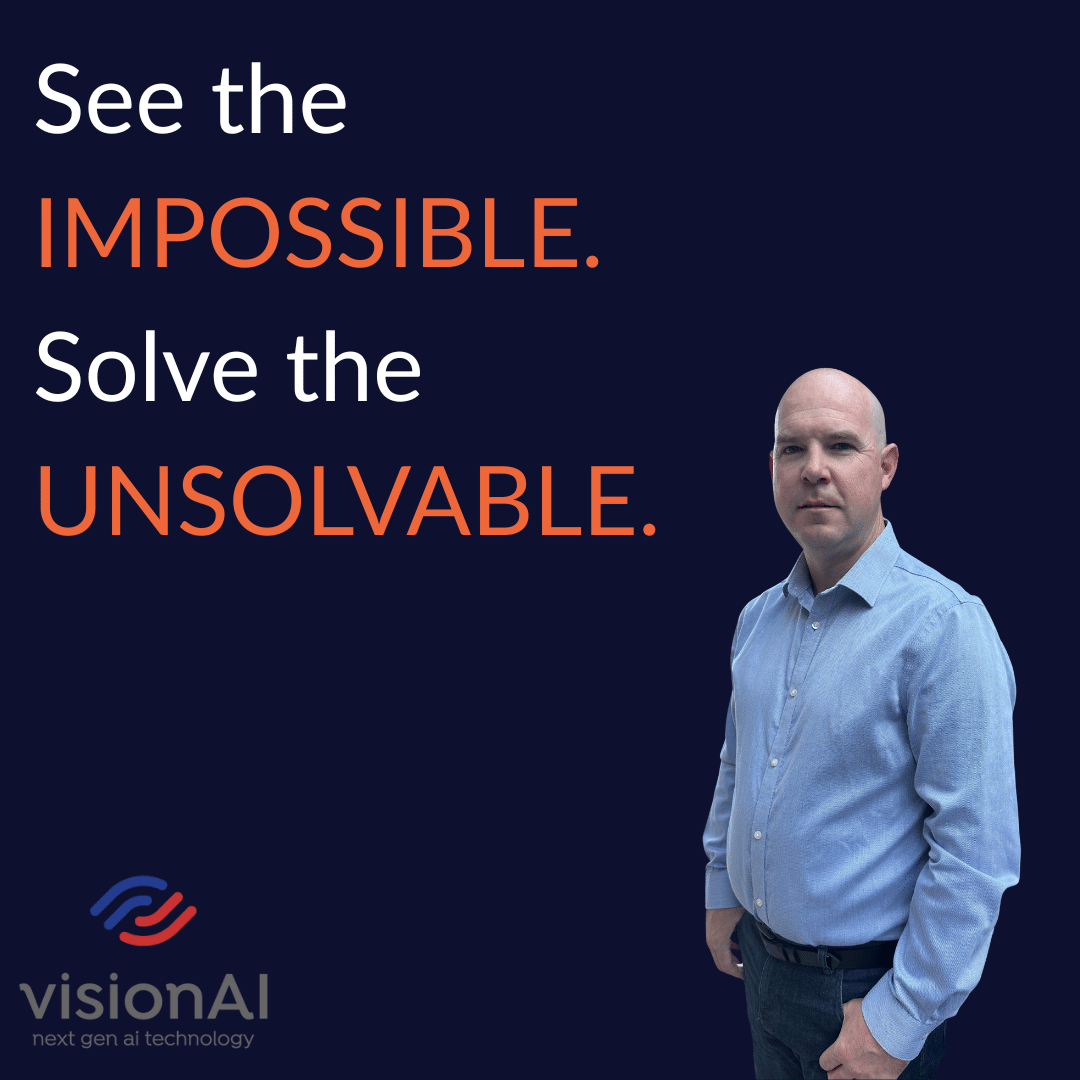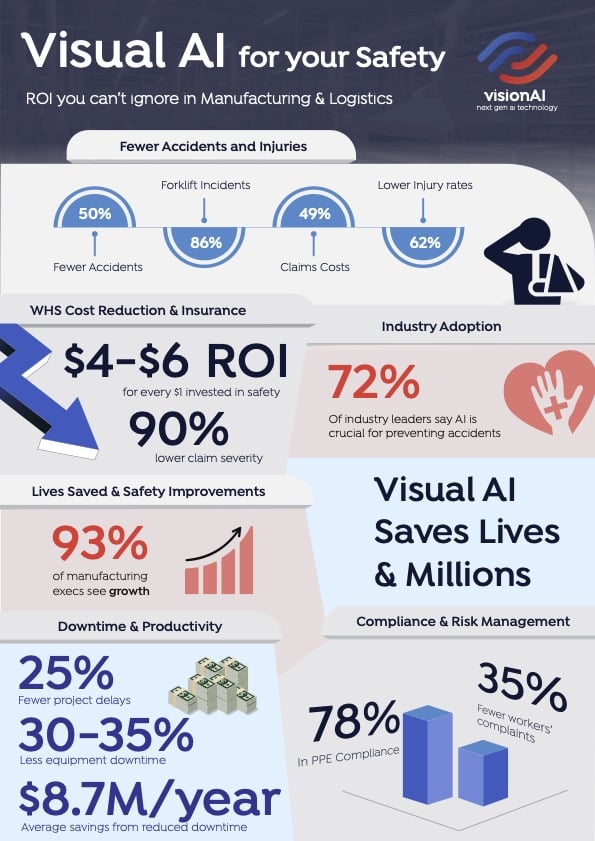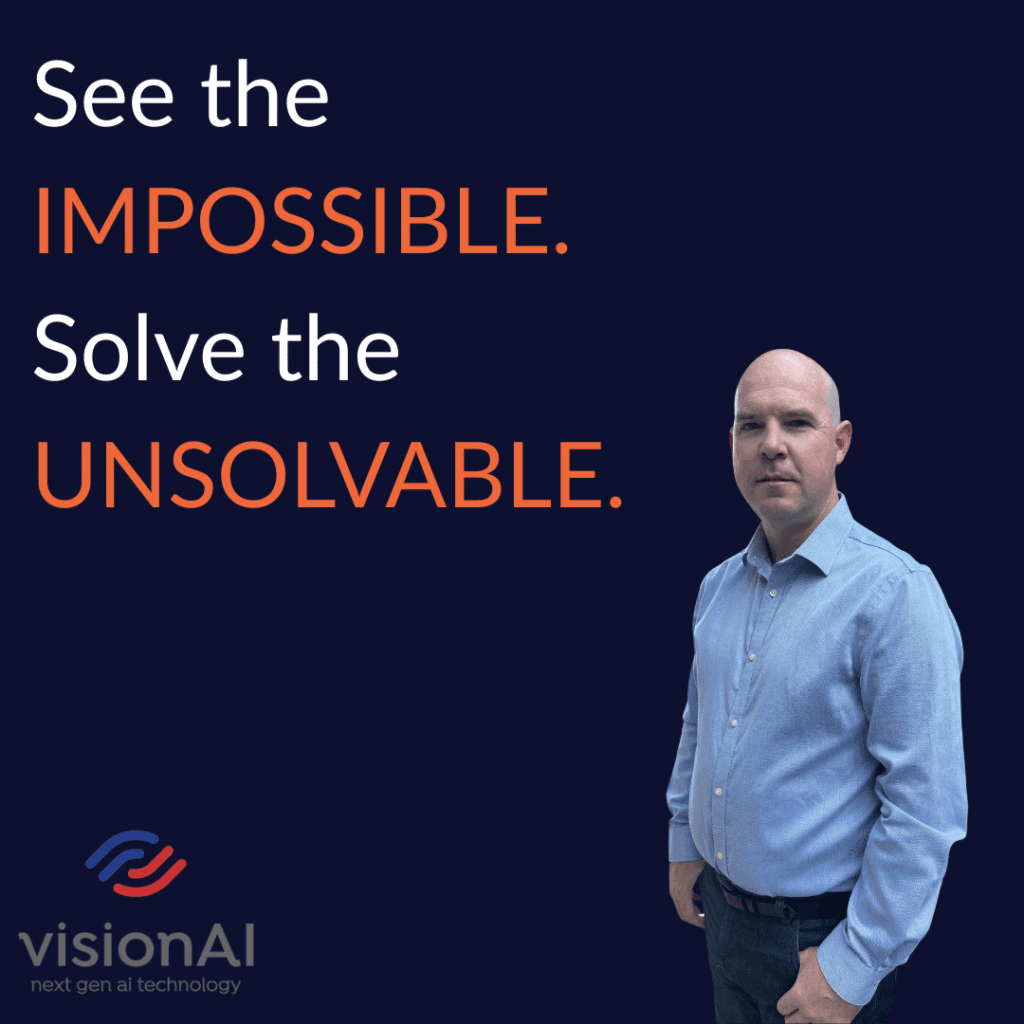
“We didn’t solve it, we just learned to work around it.”
That’s the phrase I hear most often when visiting legacy operations across industries. We’ve built entire systems around problems we couldn’t fix. Delays in inspections. Blind spots in safety. Constant manual monitoring. And it’s no one’s fault, we simply didn’t have the tools.
Until now.
The problems we normalised
In nearly every sector construction, manufacturing, energy, transport there are persistent challenges that we’ve come to accept. They’re the ones that show up at the bottom of every risk audit and the top of every operations meeting, but never seem to move.
Why?
Because they’re hard to see in real time.
Because they involve too many human variables.
Because the cost of solving them outweighed the benefit.
But this “unchangeable” status quo is beginning to crack.
Visual AI is not just seeing, it’s understanding
At visionAI, we’re at the centre of this shift, not just applying artificial intelligence to visual data, but teaching machines to interpret the world the way people do. Only faster. More consistently. And at scale.
We call it Visual Intelligence, and it’s not simply about recognising objects in images or videos. It’s about understanding context, risk, and opportunity from live visual environments then turning that understanding into action.
We’ve helped teams spot machinery failures before they happen, enforce PPE compliance without relying on spot checks, and even identify unsafe movement patterns on sites that span hundreds of acres.
These are problems that used to be flagged after the incident. Now they’re caught before the incident even begins.
Why this moment matters
The UK has always been a centre of innovation, especially in how we apply new tech to old systems. But the real opportunity now isn’t just tech led. It’s mindset led.
To truly benefit from AI, companies need to move from:
“Can it work?” → to → “Where is it already working?”
“Let’s trial it” → to → “Let’s design for it”
“It’s a tool” → to → “It’s a team member”
And Visual AI, in particular, asks us to challenge what we believe about problem solving.
It’s not about replacing people.
It’s about giving people superhuman perception, and using that advantage to operate more safely, more efficiently, and more intelligently.
What companies can do right now
List the unsolved: Take stock of the problems your teams have given up on the “that’s just how it is” items. That’s your goldmine.
Assign an AI readiness lens: Where are you already capturing visual data (CCTV, drones, inspections)? Those are entry points for visionAI.
Rethink metrics: Don’t just look for ROI. Look for “Return on Elimination” what overhead, delay, or incident are you removing?
Build multidisciplinary AI task forces: It’s not just for IT or Ops. Safety officers, analysts, project managers they all play a role in AI alignment.
The bigger shift
Visual AI doesn’t just improve what we do. It reshapes how we see what’s possible.
We often talk about “low hanging fruit” in technology adoption. But what about the fruit we forgot was even on the tree?
At visionAI, we’re not chasing futuristic use cases. We’re tackling the persistent problems that have held organisations back for too long. And we’re doing it through the One Platform that ties together visual awareness, decision logic, and action.
Final thought
If you believe something can’t be fixed, ask yourself if that belief is still true in 2025.
Because chances are, Visual AI already sees a solution.
Call or email me with the problems you’ve given up on, if you’re UK based
Grant Sidewell

